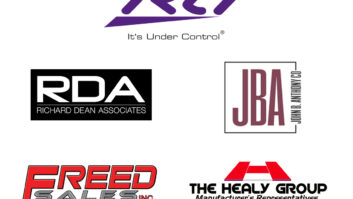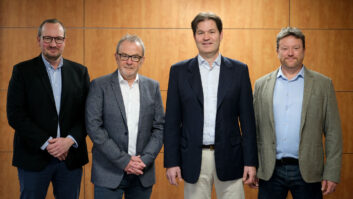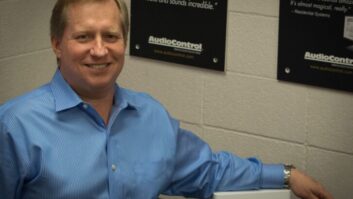The Top Three CE specialty chains laid much of the blame for tepid May and first quarter revenue on sluggish sales of personal computers, while the software that runs them — along with music and movies — led the pack in comp store gains.
Among those reporting, Best Buy acknowledged that entertainment software sales posted the strongest category increase in its stores. Benefiting from strength in DVD software and video game sales, the sector grew to represent 19 percent of first quarter revenue, up from 18 percent during the prior-year period.
Growth in CE products was more modest, edging up 1 percentage point to comprise 32 percent of the sales mix, led by growth in digital technology devices. White goods sales remained flat at 8 percent of total dollar volume, reflecting the downturn in major appliance shipments.
By contrast, the home office category, comprised largely of computers, fell to 33 percent of total sales from 35 percent during the first quarter of 2000. While Best Buy anticipated the downturn — due to what it described as market saturation of home computers and anticipation of Microsoft’s new XP operating platform this October — it nevertheless led to a 3.1 percent decline in same store sales for the quarter.
Despite the software surge at Best Buy, soft sales of prerecorded music led comps lower by 6.1 percent at its Musicland unit. The slump was partially offset by what the company described as “significant strength” in DVD software. Best Buy added that it has begun testing a revamped product mix at Musicland’s Sam Goody stores, which includes music and movie players as well as gaming hardware and software.
Meanwhile, first quarter sales were essentially flat at Best Buy’s Magnolia Hi-Fi subsidiary, owing to the impact of the tech sector implosion on the economy of the Pacific Northwest. Nonetheless, sales of HDTVs and plasma TVs continued to increase, the company said.
Commented Brad Anderson, vice chairman, president and chief operating officer of Best Buy, “We believe that [we] gained market share because of our geographic expansion and because consumers continue to prefer our store format.”
Store design is also top of mind at Circuit City, where two new remodeling approaches are being tested. The more elaborate of the redesigns, costing about $1.5 million per store, is currently being evaluated in 10 Chicago area units, while a less costly version will be tried shortly in 12 stores in Washington, D.C., and Baltimore. The latest remodeling effort represents an attempt to reduce the time and expense of earlier store conversions, which disrupted foot traffic and cost as much as $2.5 million per store.
On the sales front, president/CEO Alan McCollough also cited “industrywide weakness in personal computer sales” for contributing to the chain’s disquieting 25 percent comp store decline last quarter. He was hopeful, however, that Windows XP “will be a big boost to the category,” as the program will probably be unable to run on PCs more than two years old.
The biggest hit, however, came from the purge of appliances, as the category went from 14 percent of sales last year to zero last quarter.
On the plus side, “information technology” products grew from 34 percent to 36 percent of the mix; video rose from 32 percent to 37 percent; audio edged up from 15 percent to 17 percent; and entertainment doubled to 10 percent of dollar volume chain wide.
“We continue to experience considerable strength in new technologies and in the new and expanded categories added into the former appliance space — virtually all of which carry higher profit margins,” McCollough said.
Also feeling the PC pinch was RadioShack, whose total store sales were flat last month. But while chairman Len Roberts remained “confident in our ability to capitalize on longer-term growth opportunities,” Deutche Banc Alex. Brown analyst Dan Wewer expressed concern over chinks in the chain’s recurring revenue model.
“Undisputedly, RadioShack will be negatively impacted more than the other CE retailers on weakness in DirecTV and wireless,” he wrote in a recent research note, after the Hughes unit and Nokia warned of slower growth.
According to Wewer’s estimates, satellite represents between 10 percent and 15 percent of RadioShack’s total volume compared to 5 percent for Best Buy. Similarly, wireless comprises 20 percent of total revenue for RadioShack compared to 5 percent to 10 percent of total sales at Best Buy and Circuit City.













